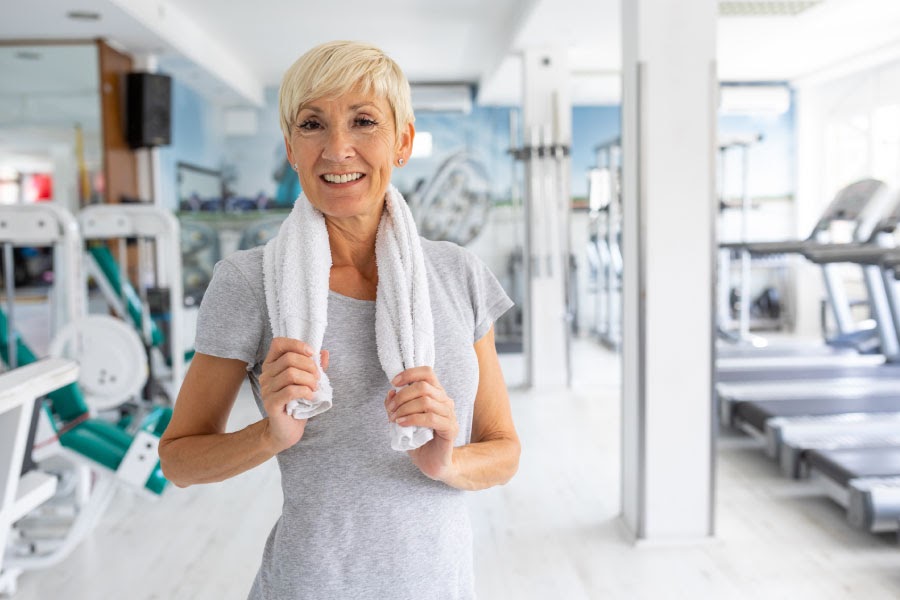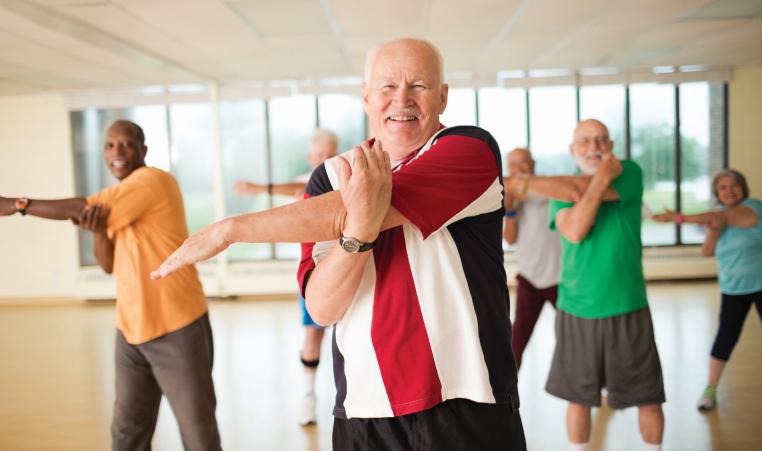“People around the world are living longer than ever before, which has led to an increase in the overall age of the global population.”

The following written content via The Bronfenbrenner Center for Translational Research.
Research tells us what works best to maintain health and function.
People around the world are living longer than ever before, which has led to an increase in the overall age of the global population. Over the past 50 years, the number of people over age 65 has tripled. If this trend continues, older adults will make up more than 25 percent of the global population by 2050.
Unfortunately, these longer life spans do not necessarily mean people are living healthier or higher quality lives. In fact, more than three-quarters of older adults have at least two chronic diseases. There are a myriad of interventions to address the health issues that accompany aging; one of the most ubiquitously effective is exercise. Research shows regular exercise among older adults prevents chronic disease, extends life expectancy and improves quality of life.

A large systematic review published last month in the Journal of Health and Sport Science takes a closer look specifically at the types and frequency of exercise that are most effective at improving health outcomes for older adults.
The review includes data from 56 separate meta-analyses on older adults and exercise. The authors, from the University of Southern Queensland in Australia, combined the data to draw some concrete conclusions. They found that exercise results in a wide range of benefits for older adults including improved strength and balance, reduced risk of falling, improved independence and quality of life, better sleep, and improved cognition and mood.
In their data analysis, the authors were able to draw some interesting conclusions about what types of exercise are most effective for older adults. They found:
- Resistance training led to some of the most significant health improvements by building strength, promoting functional abilities and protecting older adults from chronic conditions such as osteoporosis, diabetes, heart disease and cancer. They found evidence that as little as two 20-minute sessions of resistance training weekly resulted in these benefits.
- Meditative movement exercises such as Tai Chi and yoga led to larger improvements compared to purely physical types of exercise. While they were not able to explain this finding, they hypothesized that the slower pace and combination of movement and meditation could be more beneficial for older adults.
- Exercise-based videogames were effective at encouraging physical activity and leading to overall improvements in health.
- Participants who engaged in programs that included more than one type of intervention were the most effective in improving well-being. For example, programs that asked participants to complete both physical and cognitive tasks, or exercise programs that included an educational component, helped study participants reap greater benefits than just exercise alone.Read more from Psychology Today.
Advertisement






